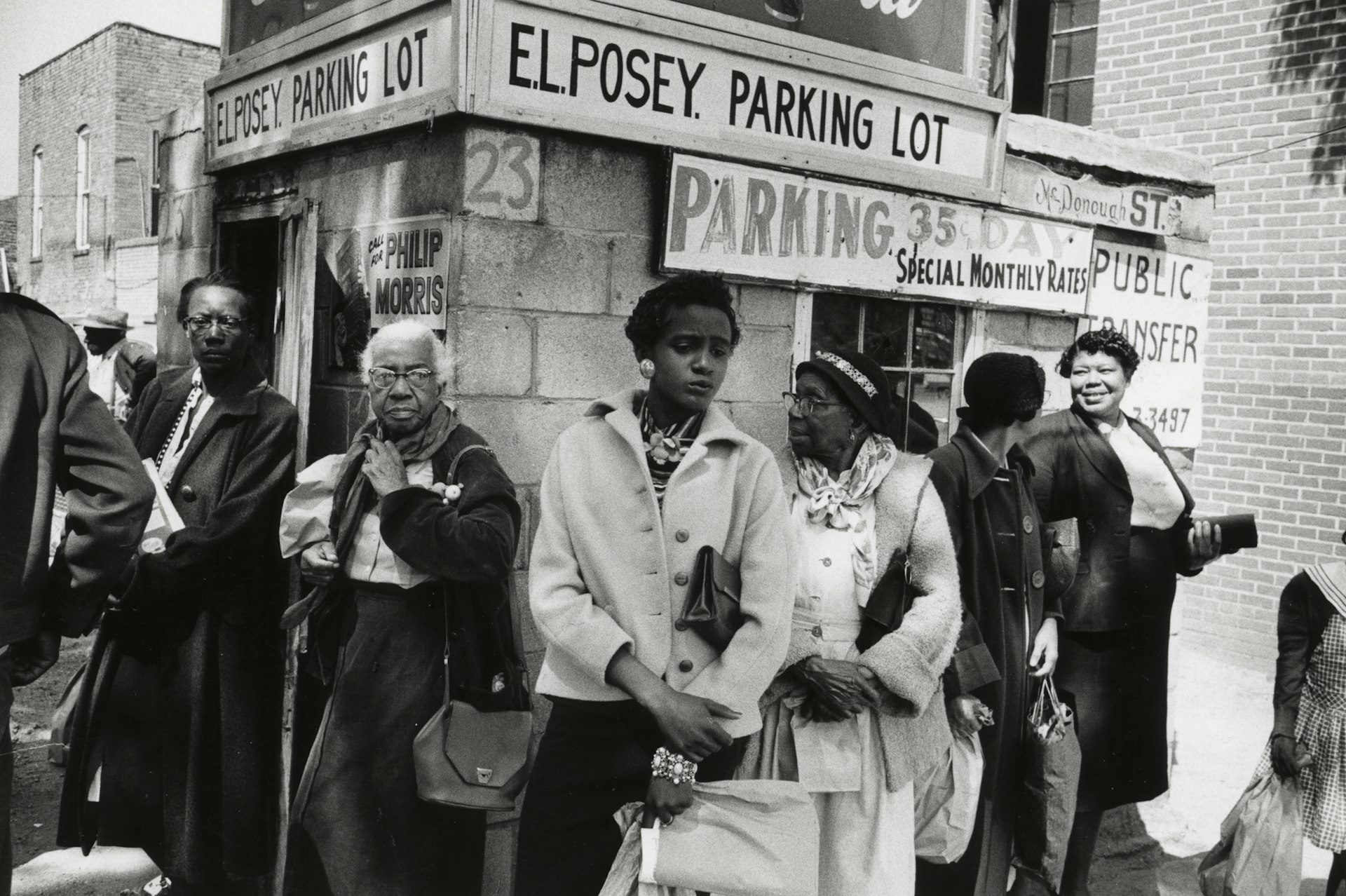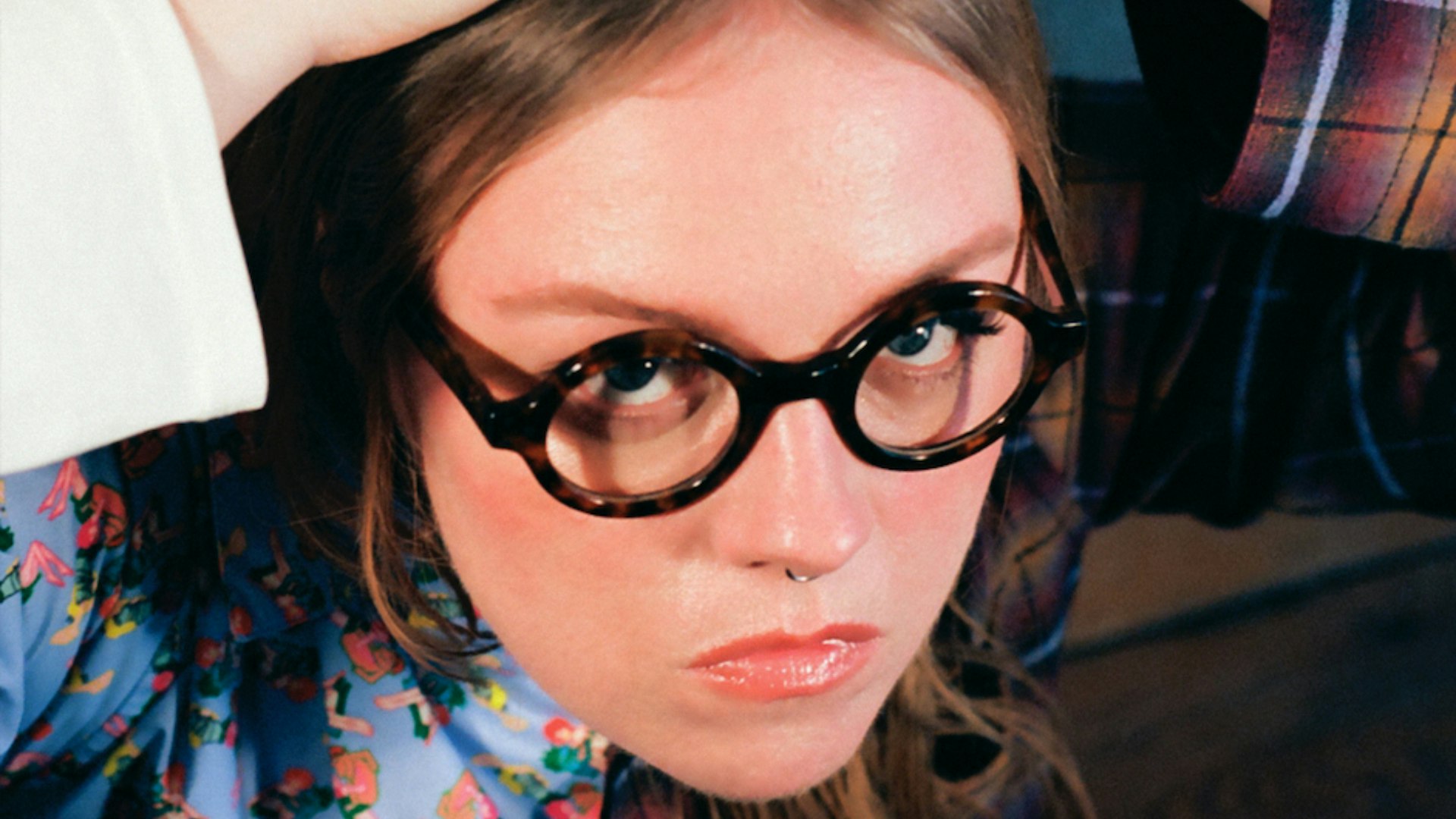The cam girls dragging renaissance art into the 21st century
- Text by Biju Belinky
- Illustrations by Sessa Omoregie

Selfies are nothing new, and for as long as there’ve been girls taking photographs of themselves, there have been men telling them they aren’t supposed to be.
Images of young women as passive subjects are glorified everywhere – from the walls of the Louvre to the covers of Playboy – but the moment self perception comes into play, the picture suddenly becomes a self-righteous thinkpiece. Looking to cut through all of these cries of vanity and self-obsession to offer a new perspective, South-Londoner Sessa Omoregie created the first incarnation of the Camgirls Project.

Sessa Omoregie
Throwing a call for selfie submissions into the Tumblr void back in 2013, she went through one renaissance painting at a time over the course of three years. Overlapping the classically reverenced images with webcam nudes sent by various women today, Sessa’s juxtapositions ended up becoming an online visual staple, reproduced time and time again while garnering plenty of attention from the media.
Now, after a period of hiatus, the Camgirls Project starts again – and this time it’s about building a community.


What made you want to start this project?
I’ve always had a real fascination with technology, I think it’s the best combination of social studies, art, tech and community.
I’m also involved with a few feminist communities online, and I always feel like women have a really difficult time existing online. If it’s rude comments on their selfies, unwarranted DMs or whatever… it’s a minefield of misogyny just to be able to post a picture of yourself. At the same time, there are hundreds archives featuring images of women (painted by men) that are held in such high regard, praised in galleries all over the world. I really wanted to disrupt that space, and thought of the project as a great way to really compare what the portrayal of women was and what it is. To capture these two worlds.
After a break, why are you starting it up again now?
I think the initial embodiment of the project for me was very much about research, as much as it was about the final outcome. There sort of is no final outcome actually, which is cool. During Camgirls 1.0, I found out a lot about the way the idea was perceived online and how people responded to it – I also talked to some women who participated in the project and it was really interesting to learn more about their experience of it.
After taking a few steps back, I think there’s still a lot of space to uncover and experiment, in a more editorial and investigative way.


You make quite a big distinction between the digital observer and traditional art mediums, but at the same time you mix them – how do you feel they complement each other?
I wanted to reframe these paintings within the online context to give the power back to the “muse” – the Venus – so that rather than being pictured and just looked at, they would now be capturing themselves the way they want to be seen.
With digital mediums, I feel there’s a lot more space for ownership, which is one of the main themes of the project. You can achieve a lot more on your own and get ideas out faster. That’s what’s powerful about the internet.
The visuals of the project have been copied over and over again, way beyond what you could control…
I think that’s the very nature of the project – almost like a meme – and that’s what makes Camgirls interesting to follow. It wouldn’t have worked if it had been just me, especially since it’s about representation, how different people want to be seen. I’ve been very open with it, inviting people to take part and contribute, and doing this is definitely what’s taught me a lot and inspired new ideas about how the project could grow and take shape. It is what it is – it just goes with existing on the internet.


When you first started, it was during the peak of the “selfies are ruining the world” apocalypse, but now they’re pretty normal.
I’m pretty sure the view that selfies are inherently linked with narcissism will never go away – the project has never intended to be about shock value. It is more along the lines of disrupting a very limited way of thinking, but I would hope the “radical” idea that people can like themselves, take pictures of themselves, and can practice accepting themselves isn’t as shocking anymore.
Talk me through the decision of moving from nudes to self-portraits in this new instalment.
I started with The Birth of Venus because it’s such an iconic painting, and so highly praised, especially as symbol of fine art and female beauty – so the opportunity to disrupt that really drew me to similar nude paintings. The reason why I wanted to start Camgirls 2.0 with a portrait is because that’s what I was left with at the end of 1.0, after I got to know the identities behind the selfies and contributions.
Now I want to expand that community through an online platform, experimenting with self-identity in art and reimagining the theme of digital collage. I’d also love to continue the conversations I’ve had with female identifying and non-binary people about the ways they exist on the internet – there’s a lot of space for that.


Was it also about subverting the role of the woman as someone who’s just made to be observed in a sexualised context?
Exactly – it’s actually more plainly about changing the narrative. I’m not sure if it’s wholly possible to avoid the gaze, however I think it’s possible to change the way the story is told and take a more active role in how women are being seen and represented. Hopefully this will be an effort in changing the way women are treated, especially online.
It always goes back to self-identity – is self-identity political?
I don’t think it inherently HAS to be political, but I think it’s it’s a vital part of political discussion. It’s hard not to be involved with politics when there are decisions being made and actions happening that threaten people’s self-identity. Especially when it comes to a project that focuses on marginalised groups.
Lastly, why did you choose to refer to your subjects as Venus’?
Oh, that kind of came about in trying to summarise such a large project into one line of copy. However I thought it captured the theme of the project very well, as it took this iconic figure and really switched up the way she is often spoken about. Giving Venus a voice for once.
You can send Sessa your portraits through her website.
Enjoyed this article? Like Huck on Facebook or follow us on Twitter.
Latest on Huck

How Labour Activism changed the landscape of post-war USA
American Job — A new exhibition revisits over 70 years of working class solidarity and struggle, its radical legacy, and the central role of photography throughout.
Written by: Miss Rosen

Analogue Appreciation: Emma-Jean Thackray
Weirdo — In an ever more digital, online world, we ask our favourite artists about their most cherished pieces of physical culture. Today, multi-instrumentalist and Brownswood affiliate Emma-Jean Thackray.
Written by: Emma-Jean Thackray

Meet the shop cats of Hong Kong’s Sheung Wan district
Feline good — Traditionally adopted to keep away rats from expensive produce, the feline guardians have become part of the central neighbourhood’s fabric. Erica’s online series captures the local celebrities.
Written by: Isaac Muk

How trans rights activism and sex workers’ solidarity emerged in the ’70s and ’80s
Shoulder to Shoulder — In this extract from writer Jake Hall’s new book, which deep dives into the history of queer activism and coalition, they explore how anti-TERF and anti-SWERF campaigning developed from the same cloth.
Written by: Jake Hall

A behind the scenes look at the atomic wedgie community
Stretched out — Benjamin Fredrickson’s new project and photobook ‘Wedgies’ queers a time-old bullying act by exploring its erotic, extreme potential.
Written by: Isaac Muk

“Welcome to the Useless Class”: Ewan Morrison in conversation with Irvine Welsh
For Emma — Ahead of the Scottish author’s new novel, he sat down with Irvine Welsh for an in-depth discussion of its dystopic themes, and the upcoming AI “tsunami”.
Written by: Irvine Welsh